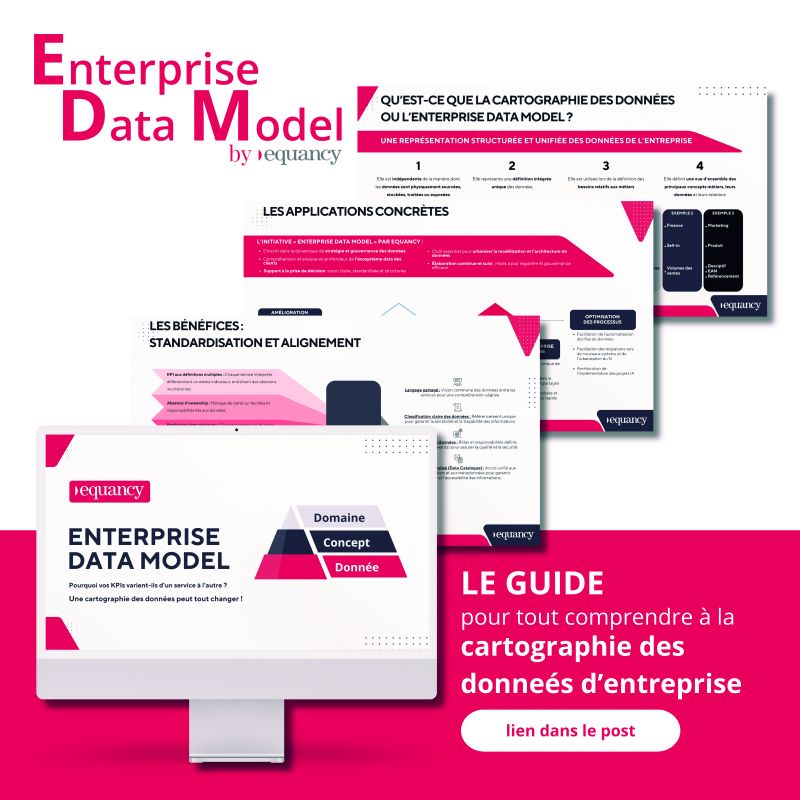Unleash The Voice Of The Customer And Seize The Opportunities
Throughout their purchasing journey and their experience with a brand, customers accumulate perceptions about a product or service and share them on more and more channels: this is what is commonly called the voice of the customer. Taking advantage of this customer feedback is a major economic challenge for every company, but it is clear that today, few organizations are exploiting the full potential associated with the voice of the customer. By Didier Richaudeau.
Customers want to express themselves, let's listen to them!
In the past, customers used to contact the after-sales or customer service department to get answers to their questions. Now, they express themselves continuously and on more and more channels: review sites, discussion forums, social networks...
Customers don't just want to express themselves and get a quick answer to their concerns, they also want their opinions to have an impact on their future experiences and to be relayed to the appropriate departments. Even though brands know that unaddressed dissatisfaction can have serious consequences, the processes for collecting and acting on customer feedback are often very flawed.
Siloed businesses, locked-in voice of the customer
Today, each department uses its own tools to collect customer feedback on the channels for which it is responsible (the call center, social networks, satisfaction questionnaires, etc.).
In large organizations, there are several tools that meet specific objectives, even though many of them have similar functions. The information collected remains compartmentalized when it could be useful to other departments. Beyond this organizational aspect, the business model of these tools often limits information sharing. For these two reasons, it is difficult to centralize the voice of the customer.
To exploit its full potential, we must therefore take up a double challenge: freeing the voice of the customer while breaking down organizational barriers. It is necessary to centralize and share this voice of the customer internally with one objective: to ensure that each department can continuously monitor what is useful for them, according to their needs and objectives, in order to prioritize and establish adequate action plans.
Unleashing the voice of the customer: what benefits?
When properly exploited, the voice of the customer can bring benefits in 5 major ways.
The voice of the customer helps to improve your offer and services: first of all, listening to the customer is key for product, service and innovation departments. Customer opinions are a laboratory of ideas for improving existing offers and innovating. Listening to customers also helps to strengthen product marketing by using expressions chosen by customers themselves. For example, a telephone brand will prefer to talk about "speed" rather than "flow".
The voice of the customer helps to improve the experience: identifying irritants on social networks or in satisfaction questionnaires, in-depth analysis of exchanges on the website chat or with call center advisors allow us to identify the main projects to be implemented in order to improve the experience and customer satisfaction or to enrich the FAQs.
The voice of the customer contributes to the acquisition of new customers and to their loyalty: minimizing the impact of detractors by reacting as quickly as possible to their complaints, while relaying the positive feedback from ambassadors is one of the first challenges that justified the implementation of customer intelligence tools. Beyond this challenge, identifying the keywords used by customers can also feed the search strategy in media acquisition, while improving merchandising and product marketing.
The voice of the customer helps to better manage risks: listening to the voice of the customer helps to better control the safety and quality of products and services, thus reducing risks and protecting the brand. This is the main reason why Communication Departments are equipped with monitoring tools.
The voice of the customer helps improve sales: improving the offer, the experience and the acquisition has a direct impact on sales. Customer feedback can also be integrated into sales forecasting models to adjust replenishment orders to avoid overstocking or out-of-stock situations.
The opportunities for using the voice of the customer are therefore multiple. Technologies such as AI allow the voice of the customer to be exploited to the fullest. Collaborative tools facilitate the sharing of information in various formats.
So what are you waiting for to free the voice of the customer and seize all the opportunities within your organizations?
By Didier Richaudeau, Head of the Data practice at Equancy
Didier Richaudeau
Data associate




